African Safari
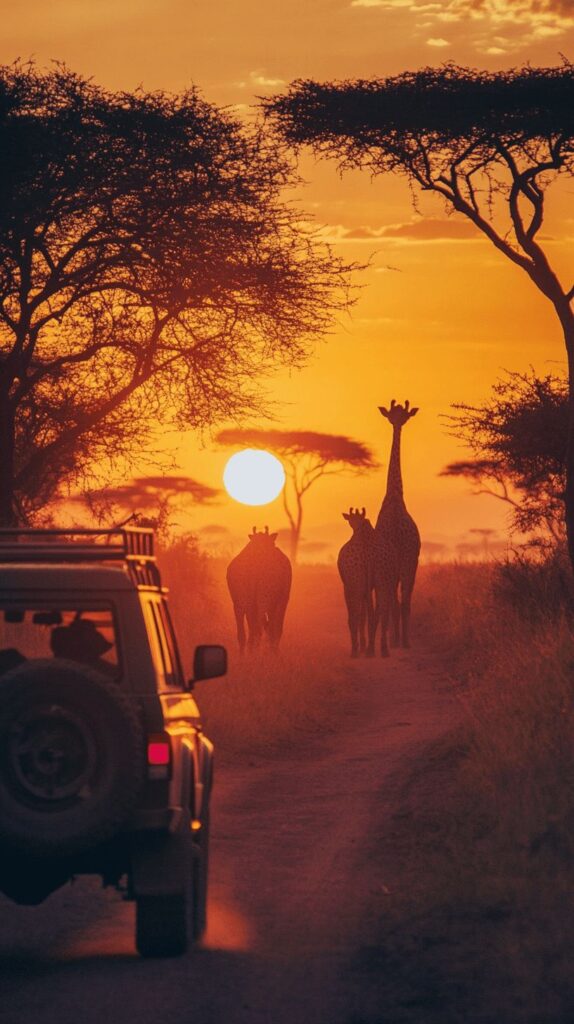
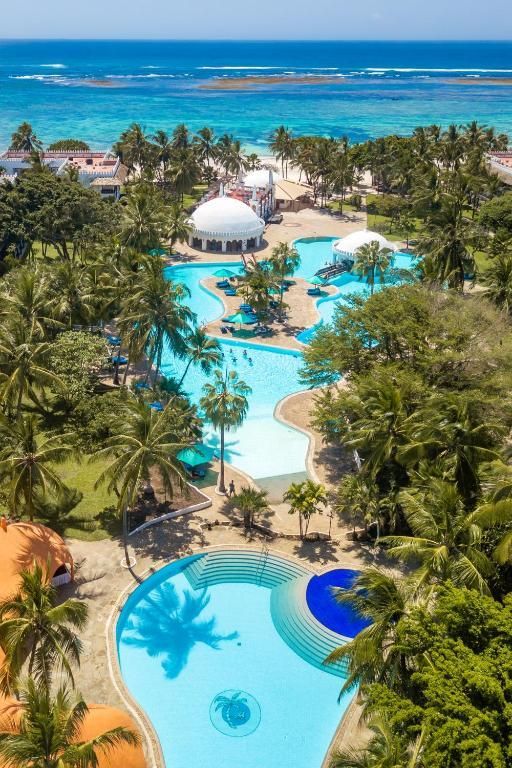
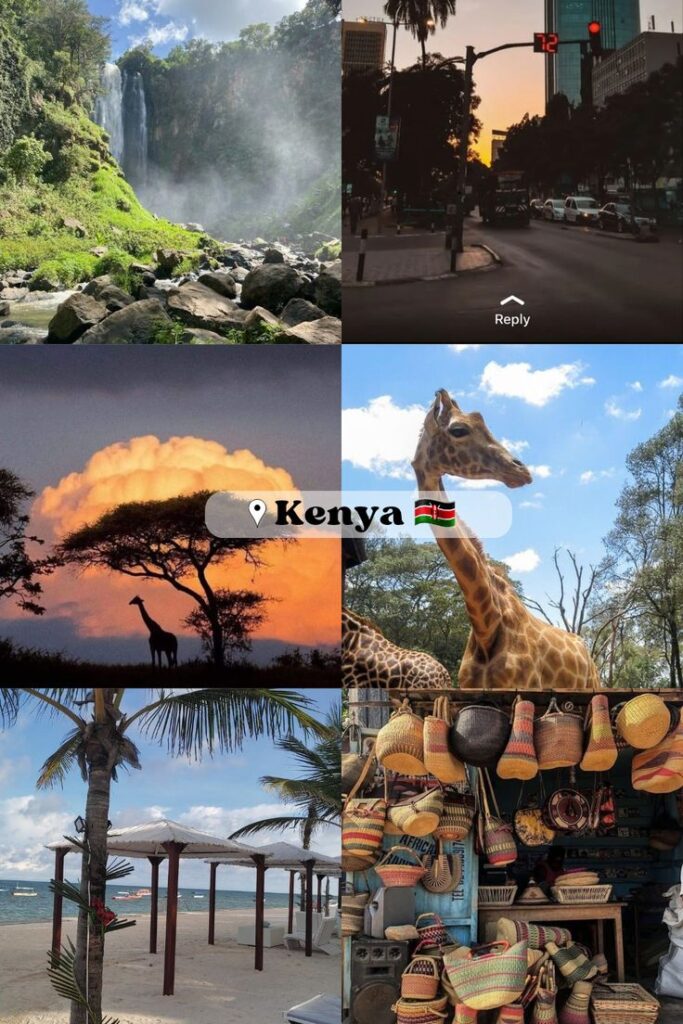
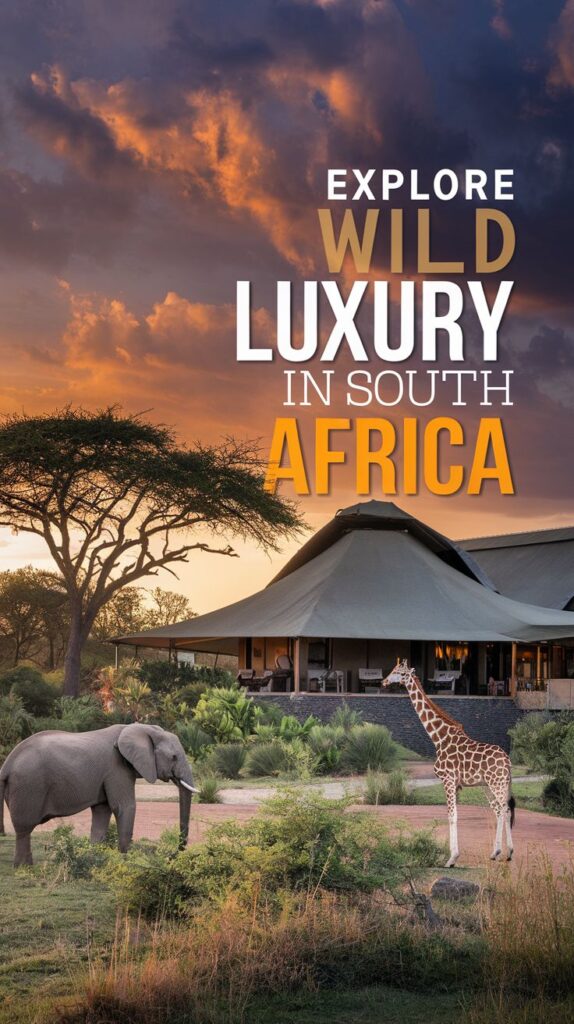
You know you are truly alive when you’re living among lions.
Ready for the adventure of a lifetime? Whether it is trekking through the jungles of Uganda to view gorillas in their natural habitat, or photographing African wildlife such as lions, zebras, giraffes and elephants around the Serengeti or viewing the spectacular Victoria waterfall from helicopter, Bucket List Luxury Advisor Agency Winnipeg can help you choose the right Luxury African safari trip. Never in history has it been easier to reach near and far-flung places.
Every African experience is unique; a true memory to treasure but you know what really makes these tours great? A great partner! Bucket List Luxury Advisor is that partner. We have a solid continental network of partners on the ground & itineraries built for the thrill; we consistently deliver magical life experiences, one safari at a time.
TANZANIA
Tanzania is one of the most popular destinations for an African safari. Discover the herds of the Serengeti Plains, trek the heights of Mount Kilimanjaro or relax on the tropical islands of Zanzibar and Pemba – there is something for everyone.
Come and discover iconic places like the majestic Ngorongoro Crater, which offers a microcosm of the East African safari experience. Witness the spectacle of the Great Migration, as hundreds of thousands of wildebeest and other antelope continue their annual migration. See dramatic moments of death and survival as they encounter predators like prides of lions or cross crocodile infested waters.
Natures Finest
Other conservation areas offer scenic beauty, like the flamingos of Lake Manyara or the towering baobabs of Tarangire. The Selous and Ruaha are less visited, offering off the beaten track safari experiences with incredible boating and walking safaris.
Adventure seekers can challenge themselves by trekking and summiting the iconic Mount Kilimanjaro, the highest peak in Africa.
The exotic spice island of Zanzibar is where visitors can discover ancient Swahili culture while exploring the ancient alleys of Stone Town. There are beautiful beach resorts for all tastes all along Zanzibar. Visitors can relax under the palm trees after a dip in the warm waters of the Indian Ocean.
UGANDA
Uganda is a landlocked country in East-Central Africa. It is bordered to the east by Kenya, to the north by South Sudan, to the west by the Democratic Republic of the Congo, to the south-west by Rwanda, and to the south by Tanzania. The southern part of the country includes a substantial portion of Lake Victoria, shared with Kenya and Tanzania. Uganda is in the African Great Lakes region. Uganda also lies within the Nile basin, and has a varied but generally a modified equatorial climate.
Game viewing is the most popular tourist activity in Uganda. Wild animals like lions, buffaloes, giraffes, antelopes, elephants are common in Uganda’s ten national parks. Uganda is one of only ten countries where it is possible to visit endangered gorillas.
The Gorillas
Gorilla trekking can be conducted all year around in Uganda, Rwanda and Congo. The best time to go gorilla trekking in during the months of June, July, August, September and December. This is because there are less rains and the parks are drier, making it simple to hike and see the gorillas .In Bwindi the average temperature throughout the year is 11°C/52°F in the morning and 23°C/73°F in the afternoon.
- January and February: Low season offering less huge crowds. Very little or on rain.
- March, April and May: Its rains a lot during these months. Most challenging during the trek, the slopes are slippery.
- June, July & August: Peak season, its important to buy your permits early since they run out. Best time for gorilla safari in Uganda and Rwanda.
Where To Go For Gorilla Trekking In Uganda
Uganda has 2 sections for gorilla safaris namely, Bwindi Impenetrable Forest National Park and Mgahinga Gorilla National Park. In total there are 18 gorilla groups or families and you can only track only one group a day.
Bwindi Impenetrable Forest has 17 gorilla group making it the best place or park where you can see the gorillas in the wild. Bwindi an ancient forest has 90 mammal species, 11 primates including the black and white colobus monkey.
Emerging from the shadows of dark history, a new dawn of tourism has risen in Uganda, polishing a glint back into the ‘pearl of Africa’, travellers are streaming in to explore what is basically the best of everything the content has to offer.
Uganda on lies on the equator and for a relatively a small country, it is home to the tallest mountain in Africa, the source that feeds the world’s longest river- the Nile and Africa’s largest fresh water body Lake Victoria. It is remote, unspoilt parks teem with big game, half of the world’s last remaining endangered mountain gorillas and primates to tick off.
Peaceful
Game viewing is the most popular tourist activity in Uganda. Wild animals like lions, buffaloes, giraffes, antelopes, elephants are common in Uganda’s ten national parks. Uganda is one of only ten countries where it is possible to visit endangered gorillas.
Meanwhile, Queen Elizabeth National Park is home to the tree climbing lions. Lions do not normally climb trees, except when chased by another lion group or wild buffalo. However the tree climbing lions found in QE-NP intentionally climb trees and rest on them in the afternoon, when the sun is high. This is a unique phenomenon. There have only been rare similar sightings of this in Lake Manyara National Park of Tanzania.
KENYA
Kenya is the birthplace of the African safari and is still what many tourists picture when they think of when picturing Africa. The amazing wildlife and majestic landscapes served as the inspiration for Disney’s The Lion King and were the setting of stories such as Karen Blixen’s Out of Africa and many documentaries such as The Big Cat Diaries series.
The Masai Mara in Kenya is where the crocodile-infested Mara River flows, which the herds of the Great Migration must cross. Many tourists come to witness the drama of this annual event. Kenya’s many national parks and game reserves offer some of the best game viewing in Africa. Visitors can watch herds of big tusker elephants in Amboseli against the majestic backdrop of Mount Kilimanjaro.
Off the Beaten Path
Explore off the beaten track in Tsavo which is known for its red coloured elephants and the legend of the Man-eating Lions of Tsavo. Discover the beauty of the Samburu people and unusual animals while exploring Samburu. Regions such as Laikipia are home to last Northern White Rhinos at Ol Pejeta as well as many private wildlife reserves which offer many varied safari experiences.
Tourists can descend into the Great Rift Valley and see the beauty of Lakes such as Lake Nakuru and Bogoria famed for their flamingos and other birdlife. Adventure seekers can climb Mount Kenya or cycle through Hells Gate National Park. Visitors can learn about traditional ways of life from the pastoral Maasai people with their red tartan cloaks.
Hidden Beaches
After an exciting safari, tourists can relax on the beach. Kenya has some of the most beautiful beaches in the world at places like Diani and Watamu. Tourists can relax on the beach, enjoy the warm waters of the Indian Ocean while swimming and during snorkelling excursions.
When is the best time to visit Kenya?
The best time to travel to Kenya depends on what you want to do during your trip. Kenya is considered a year-round destination for both safaris and beach holidays. Kenya has two historic wet seasons between April and June called the long rains and November to December called the short rains. The best times for safari are between January and March and July to October. However, January to March is a hot time of year to travel.
If you want to see the Great Migration in Kenya, the herds are generally in the Mara from August to October, but climate change has affected the rainfall patterns, and this has become more unpredictable.
The Kenyan coast can be visited all year round but from mid-March to the end of May you can expect rain on the coast and stronger winds so this is not the best time to visit the Kenyan coast.
What is the weather like in Kenya?
Kenya has a tropical climate, but the landscape differs hugely across the country though many areas are dry. The temperatures are affected by altitude, so on Mount Kenya and in the Aberdare’s, it can be much cooler. Nairobi lies at 1660m in altitude, so it is much cooler than in the Mara. From July – August it can be as cool as 5°C at night, even though daytime highs in the shade at that time of year easily exceed 21°C. On the coast such as in Mombasa temperatures rarely drop below 20°C.
Kenya has two historic wet seasons between April and June called the long rains and November to December called the short rains. January and March and July to October are warm and generally have no rain so this is when most visitors come on safari. However, January to March is a hot time of year to travel.
Embrace the Diversity
The diversity of game in Kenya is simply astounding. From the big five to the small five, Kenya’s game parks, reserves and other wildlife protection areas host some of the wildest game thus the reason why this is home for the safari. Dotted in their unique landscapes, geographical features, a vast array of game ensues. The icing on Kenya’s wildlife cake is the annual Wildebeest Migration at the infamous Maasai Mara migration between mid-August and late October. This is the best example of wild nature at its best as hundreds of thousands of wildebeests, zebras, Thomson’s gazelles, topi and elands.
Journey Collection
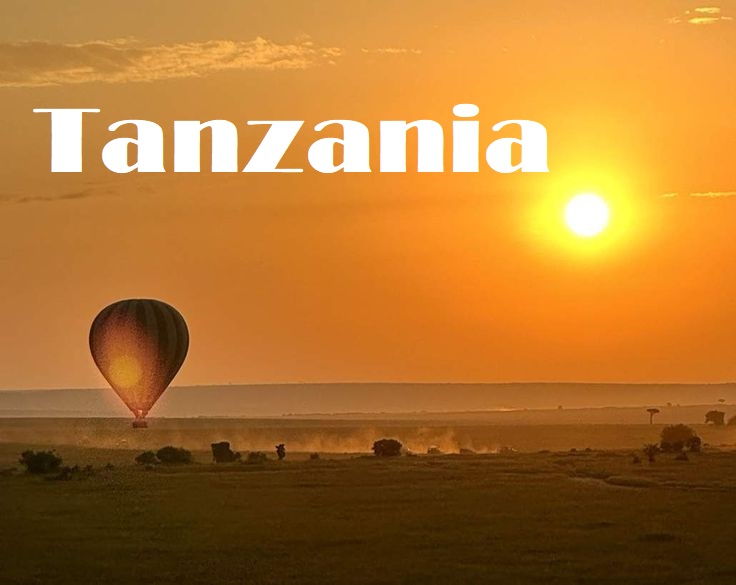
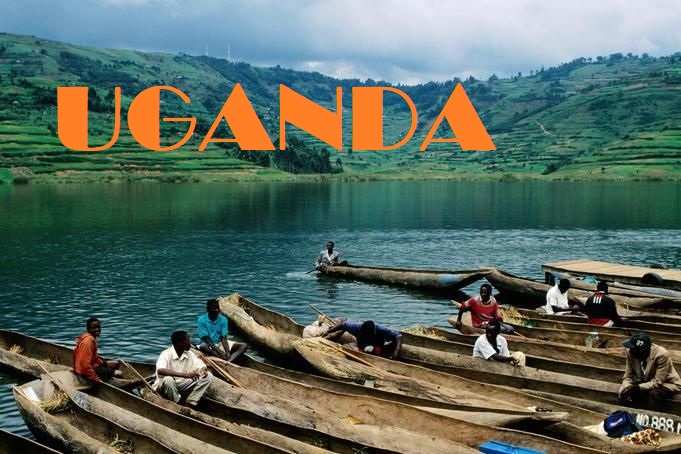
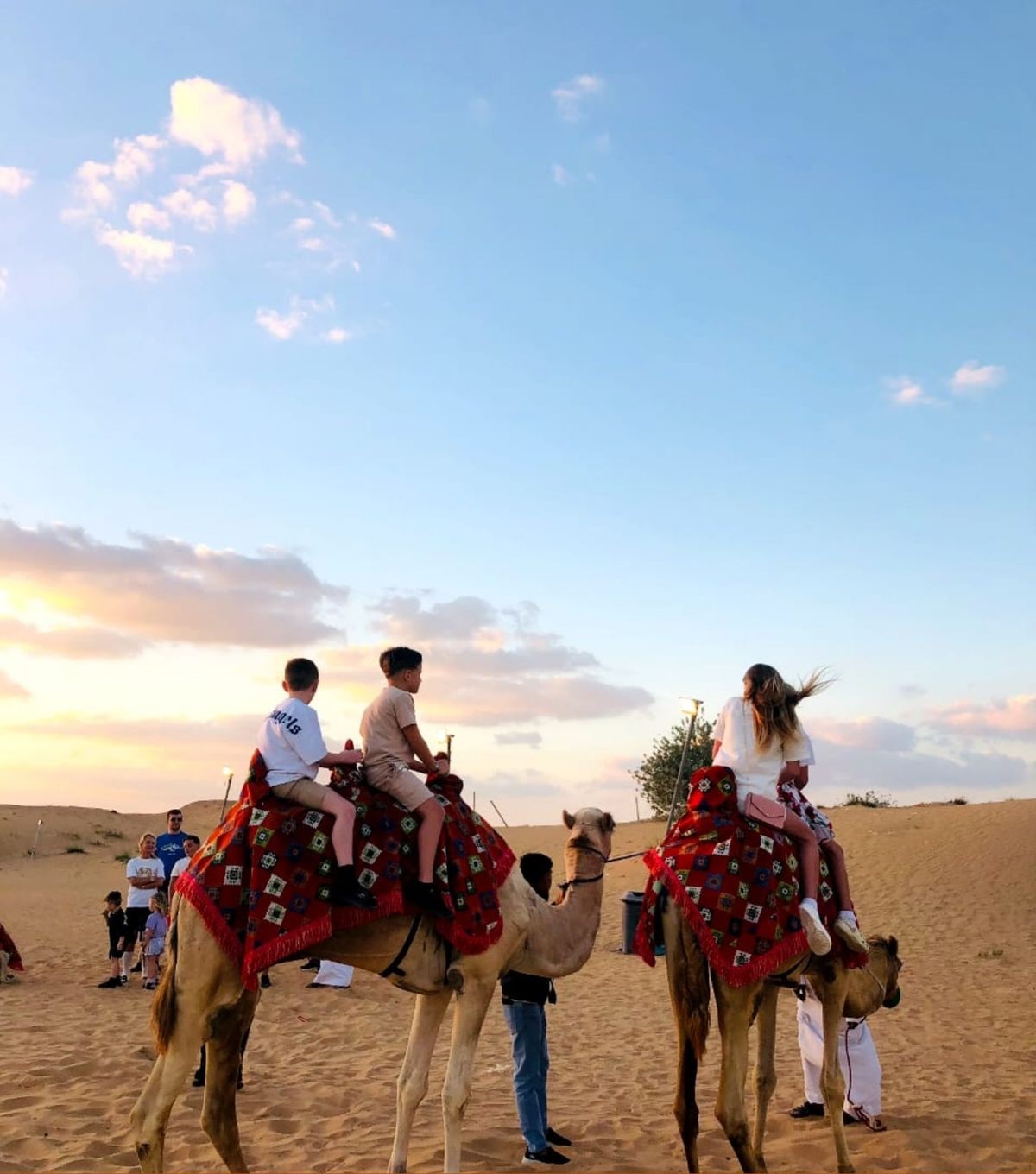
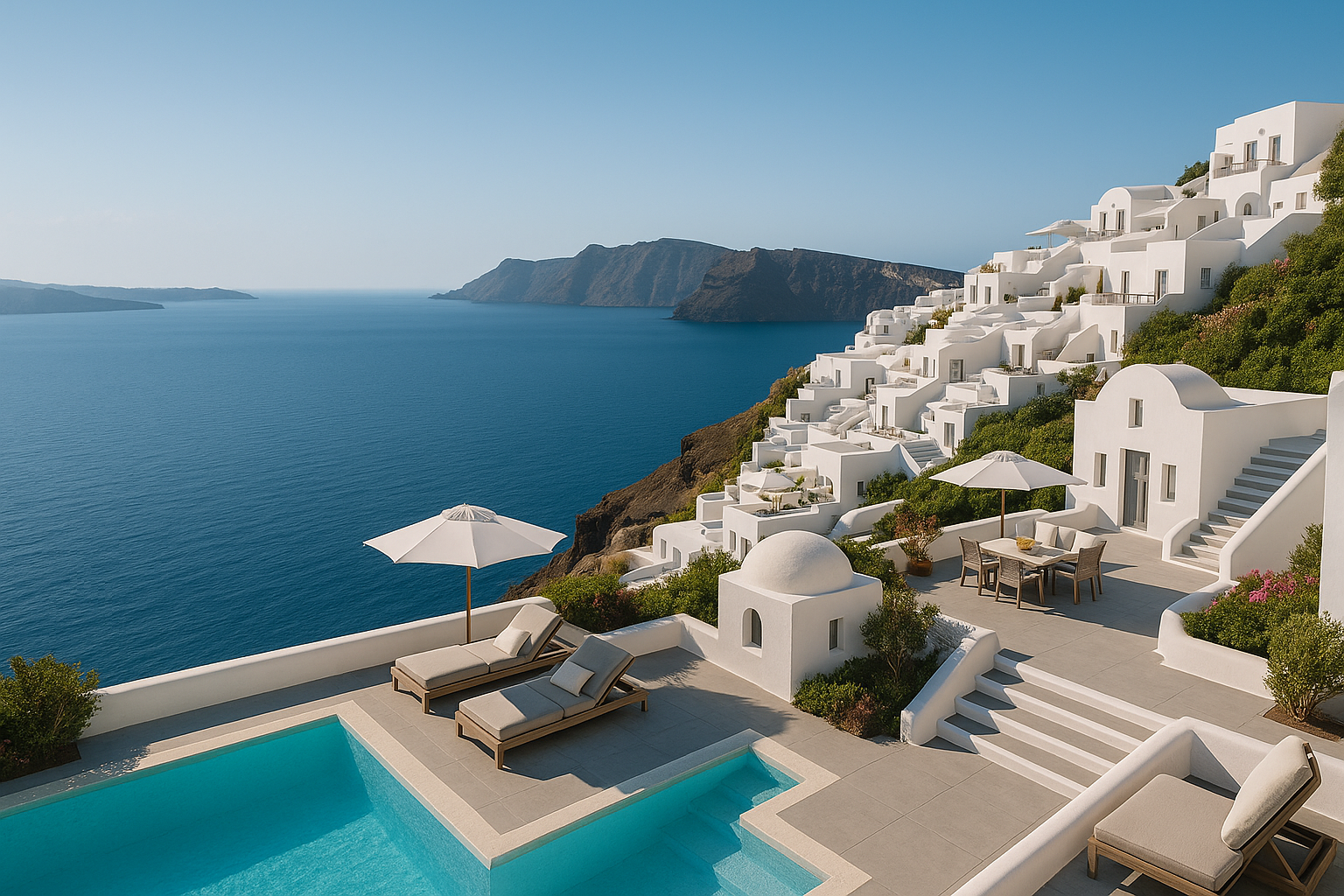
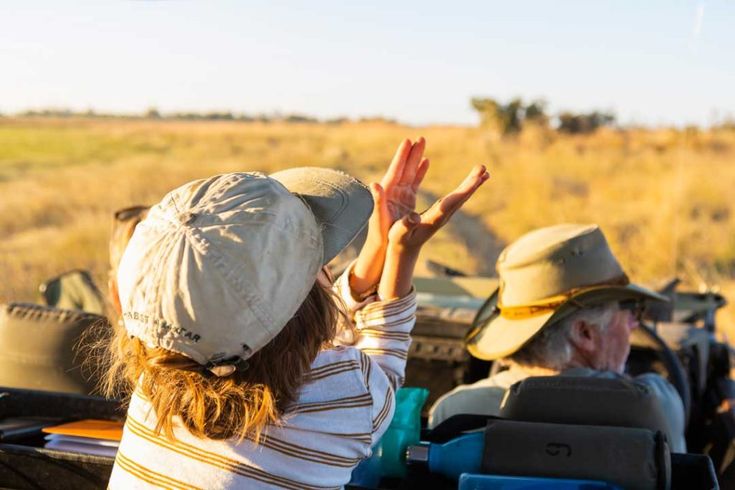
Personalized travel beyond expectations.
Connect With Us
Let The Journey Begin
Need help planning your next adventure? Whether it's custom advice, group bookings, or last-minute travel, we ensure every trip is safe and fully covered
